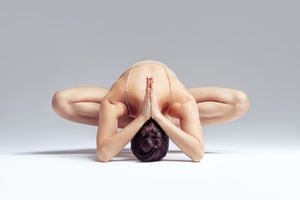PILATES USING BREATH AND FLOW
- Patricia Dooley
- Feb 20, 2019
- 1 min read
Pilates is a balanced base exercise program. One of its main foci is on Breath. Breathing is at the forefront of each and every Pilates movement. When you exercise, your muscles work harder; your body uses more oxygen and produces more carbon dioxide.Your circulation also speeds up to take the oxygen to the muscles so they can keep moving. When your lungs are healthy, you keep a large breathing reserve. Your breathing increases during exercise; some of the blood pumped by the heart travels to the lungs to get rid of carbon dioxide and pick up oxygen. The increase in heart rate stimulates your breathing rate. With an increase in heart rate, your blood pumps through your muscles faster, leaving less time for oxygen uptake. It improves the immune system, and facilitates fine motor control, to improve coordination and help isolate specific muscles, especially in the trunk, throughout your abdominals.
1. Breathe in and out through your nose.
2. The air you breathe in through your nose should travel all the way down to your belly.
3. Breathe relaxed.
4. Breathe rhythmically.
5. Breathe silently.

The meaning of Flow in Pilates is continuous smooth and elegant movement, as you transition from one exercise to the next, performed with dynamic movement. Each exercise you do in Pilates prepares your body for the next. There is a minimum of movement in the transitions to achieve maximum flow.This was the intention Joseph Pilates applied to every exercise. Using flow in your practice will bring strength, stamina, endurance, stability and flexibility.









Comments